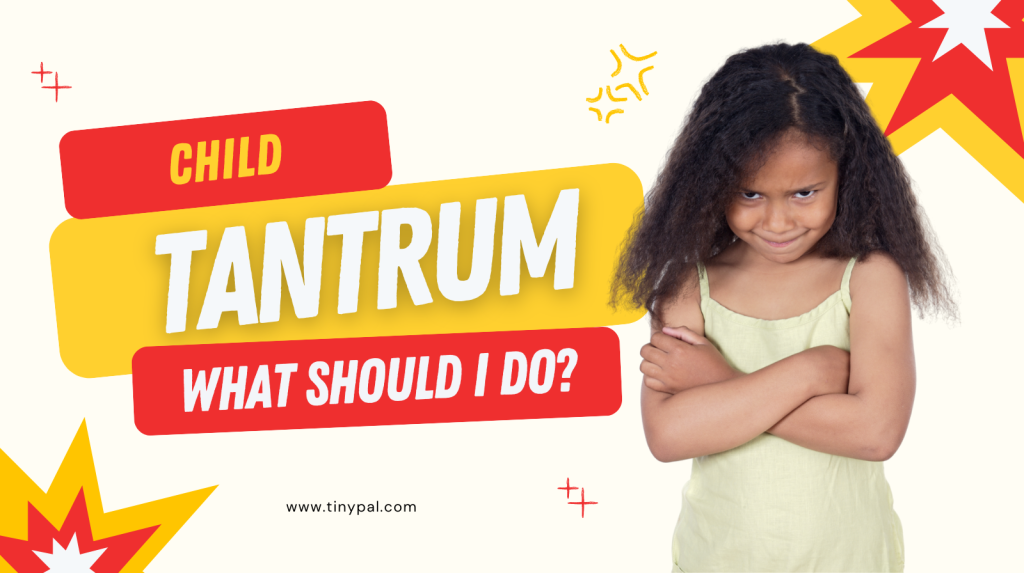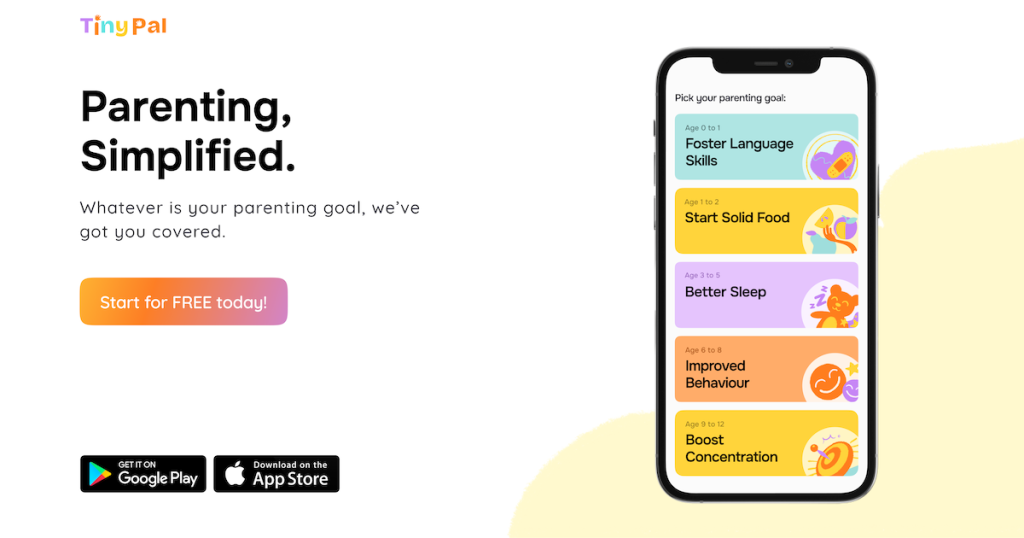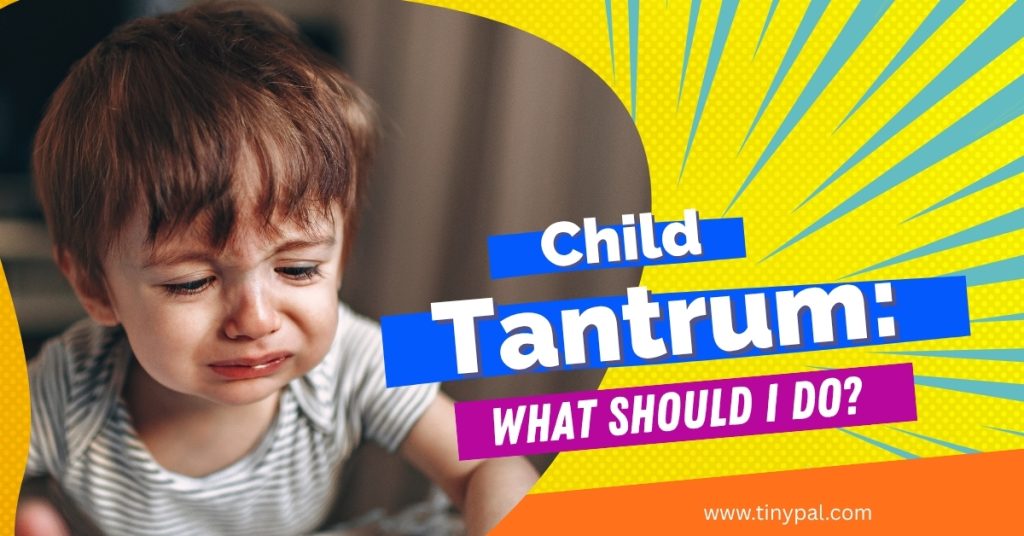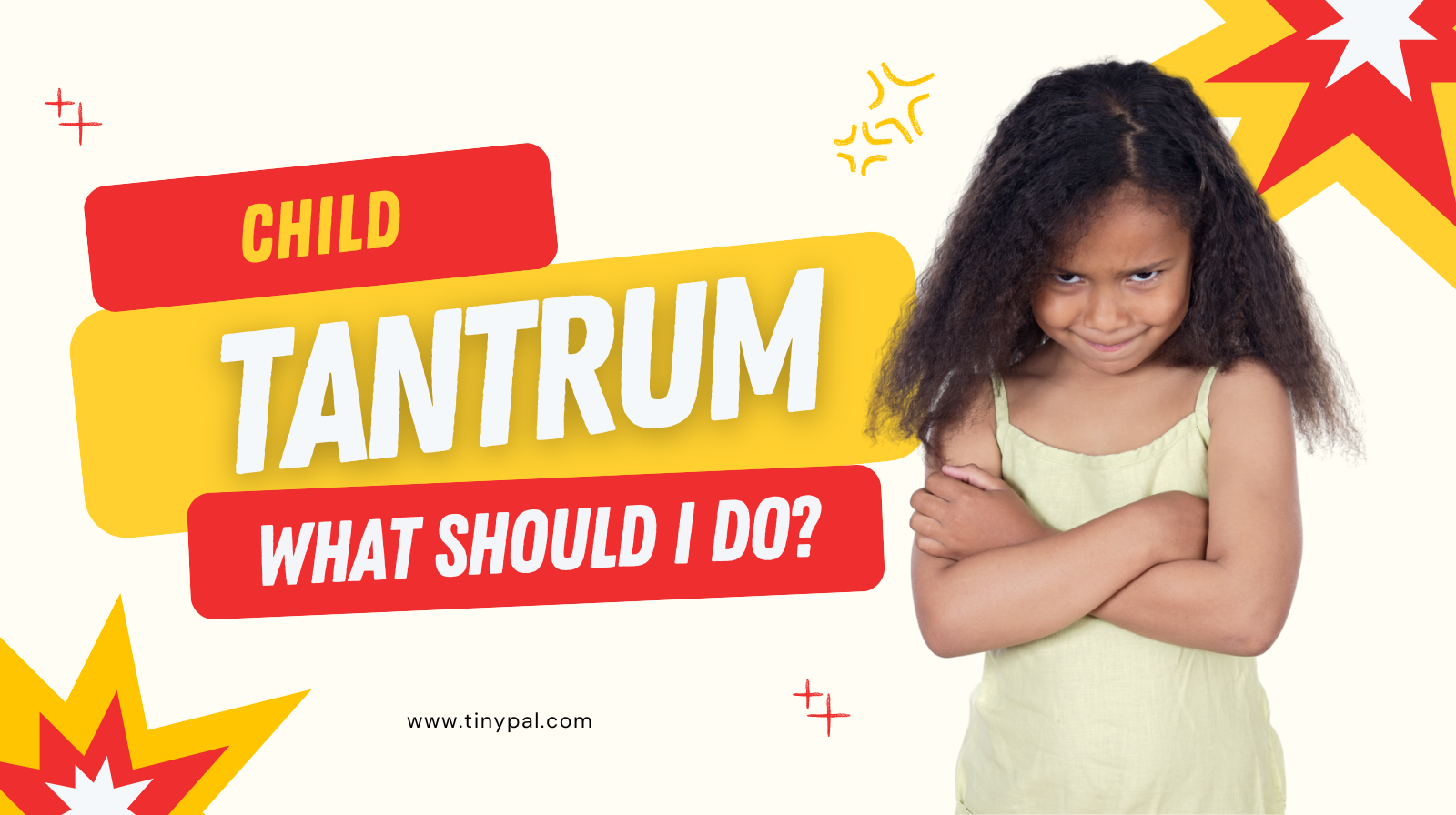Ways to Stop Tantrums in Children – Expert Tips
You’re in the middle of a grocery store.
Your child spots candy. You say “no.”
Three seconds later, there’s a scream — loud enough to turn every head.
You freeze, trying to decide: do you walk away? give in? or hold your ground?
Every parent knows that helpless moment when logic collapses, and emotions take over.
The truth? Tantrums are not bad behaviour — they’re a cry for help from a brain still learning self-control.
And when handled right, tantrums become teachable moments that shape lifelong emotional strength.
Table of Contents
1. Understanding Why Tantrums Happen
Children don’t throw tantrums to manipulate you — they do it because their brain’s frontal cortex (the part that controls reasoning) is still developing.
When emotions surge — hunger, frustration, tiredness — they literally can’t process calmly.
That’s why logic like “use your words” doesn’t work mid-meltdown.

2. Common Triggers by Age
- Toddlers (1–3): Frustration from lack of words or independence.
- Preschoolers (3–5): Testing boundaries, seeking control.
- Early school-age (6–8): Overstimulation or attention-seeking.
- Older kids (9+): Emotional overload, embarrassment, or screen withdrawal.
👉 Every tantrum has a pattern. Recognizing it is the first step to stopping it.
3. The Science Behind Emotional Meltdowns
According to Harvard’s Center on the Developing Child, tantrums peak when the amygdala (emotion center) overpowers logic.
The calmer the adult, the faster the child’s nervous system regulates.
So yes — your calm literally rewires their response.
4. What Not to Do During a Tantrum
- Don’t yell back — it escalates chaos.
- Don’t bargain (“If you stop crying, I’ll buy it”) — it rewards the behaviour.
- Don’t shame (“Big kids don’t cry”) — it suppresses emotional expression.
5. 7 Calm-Action Ways to Stop Tantrums in Children
1. Pause Before You React
Take a breath. Your calm nervous system becomes the child’s emotional mirror.
2. Acknowledge Feelings Out Loud
“I know you’re angry because we can’t buy the toy.”
This shows empathy — not agreement — and helps kids feel understood.
3. Offer Two Choices
Instead of “Stop crying now,” say:
“Do you want to walk or hold my hand?”
Choice gives back control, lowering resistance.
4. Use Physical Proximity, Not Punishment
Sit near. Stay quiet. Presence communicates safety more than words.
5. Redirect Attention
Distraction isn’t avoidance — it’s brain reset. Point to something interesting, change scenery, or offer a quick task.
6. Establish Post-Tantrum Connection
Once calm returns, hug. Discuss the feeling:
“What could we do next time when you feel mad?”
7. Reinforce Calm Behaviour
When they handle disappointment better next time, celebrate it.
Positive attention trains emotional resilience faster than correction ever could.

6. Preventing Future Tantrums
- Keep routines predictable (kids rely on structure).
- Respect tiredness — fatigue triggers most meltdowns.
- Feed before errands (low blood sugar = big emotions).
- Avoid overstimulation (crowded malls, too many choices).
- Limit screen exposure (fast dopamine spikes make patience harder).
Apps like TinyPal Parenting App make prevention easier by building personalized routines and screen time balance plans tailored to each child’s needs.
7. When to Seek Help
Most tantrums are normal, but consult a paediatrician or child psychologist if:
- Tantrums last over 15 minutes.
- Happen multiple times a day.
- Include aggression, self-harm, or property damage.
- Persist past age 7.
Early intervention can identify underlying anxiety or sensory issues.
8. Expert Parenting Support (TinyPal App)
The TinyPal Parenting App provides step-by-step tantrum guidance, personalized behavioural scripts, and calm coaching designed by early childhood experts.
It helps parents:
- Respond calmly, not reactively.
- Build emotional regulation skills in kids.
- Replace chaos with communication.
👉 Download the TinyPal Parenting App — your calm, expert parenting companion.

Also Read : How to Manage Tantrums in Toddlers
9. FAQs
Q1. What causes tantrums in children?
Overwhelm, frustration, hunger, or tiredness. Children lack the words to express big feelings.
Q2. How can I stop tantrums fast?
Stay calm, validate emotions, and give limited choices. Avoid yelling or bribing.
Q3. How do I prevent daily meltdowns?
Predictable routines, rest, nutrition, and emotional coaching reduce triggers.
Q4. Is it normal for older kids to still have tantrums?
Yes, occasionally. But if frequent or aggressive, seek professional help.
Q5. Can parenting apps really help with tantrums?
Yes — apps like TinyPal provide expert-backed scripts, daily reminders, and personalized plans for calm discipline.
Final Thoughts
Tantrums are not a sign of failure — they’re a sign of development.
Every time you respond with calm instead of chaos, you’re wiring your child’s brain for resilience.
The goal isn’t to stop tantrums overnight — it’s to teach emotional balance for life.
And with daily, expert-guided support from TinyPal Parenting App, every parent can transform frustration into understanding.
👉 Take back calm. Download TinyPal Parenting App.


1 thought on “Ways to Stop Tantrums in Children”